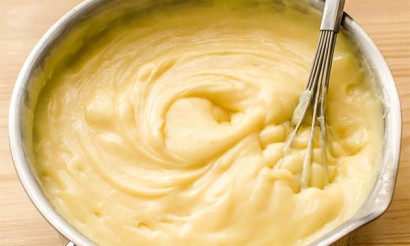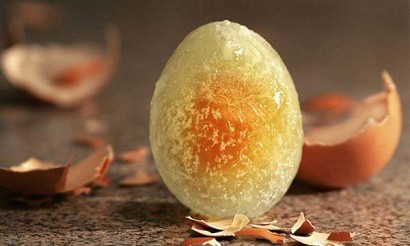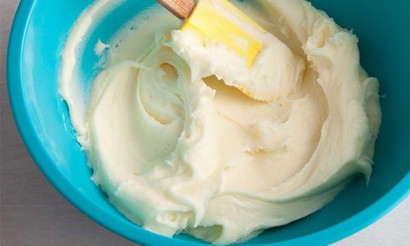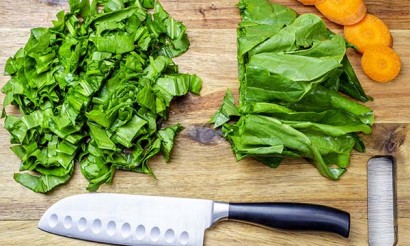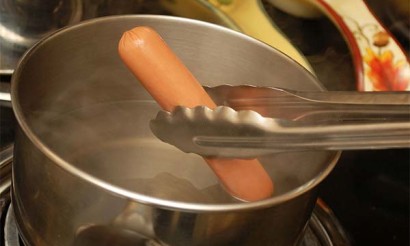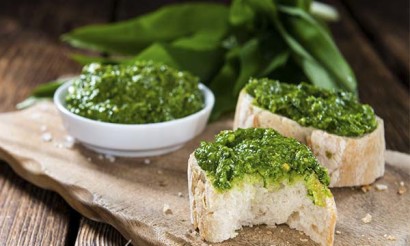What is self-rising flour and how to make it?
The product, which recently appeared on the shelves of Russian grocery stores, has long been popular in Great Britain and the United States. Self-lifting flour was first invented and patented in the middle of XIX century by English ship baker Henry Jones. Since then, the product has been used not only in the navy, but also in every home.
- What is self-lifting flour
- Composition
- Types
- How to make self-raising flour at home
- Recipe
- How to Store Properly
- What you can make with self-rising flour
- What can be substituted for self-rising flour?
- All-purpose flour with salt, baking powder
- Gluten free self-lifting flour
- All-purpose flour with baking soda, tartar
What is self-rising flour?
Self-raising flour is a white powder consisting of extra virgin wheat flour, salt, baking soda and baking soda or leavening agent.
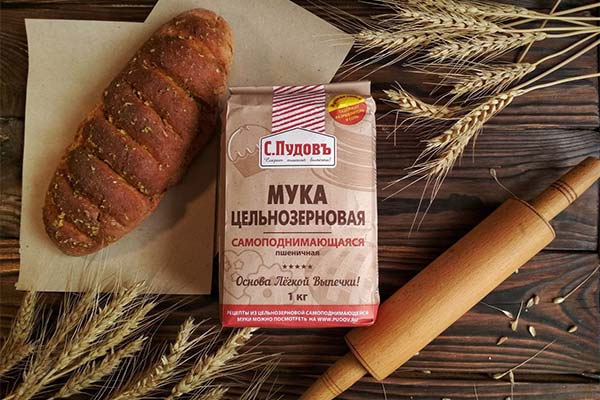
When baked dough is formed carbon dioxide, which makes the structure porous, flour products puffy, airy.
The advantage of this product over conventional flour is that you don't have to measure out the necessary amount of ingredients yourself. A mistake in violation of the proportions is excluded. After all, an excess of baking soda worsens the taste, and the lack does not allow the dough to rise.
Composition
Such a product is not used in factories. It does not have high baking properties, it can contain flour with low protein content, which has a positive effect on home baking.
As fillers, in addition to baking soda and salt, various acids - calcium phosphate, tartar powder, sodium aluminophosphate - are introduced into the self-raising flour. So that the leavening agent in baking does not work instantly, but gradually, sometimes a mixture of acids with different neutralizing properties is added.
Types
Culinarians distinguish three types of the newfangled product, differing in composition, the proportions of the main ingredients:
- English. The British recipe mix every 119 g of wheat flour of the highest grade with 1 g of salt and 7.5 g of baking powder.
- American. Americans have adjusted the recipe of Englishman Henry Jones, who first invented the composition of self-raising flour. Housewives in the United States use for baking a product consisting of 150 g of base with the addition of 2 g of baking soda, 2.5 g of baking powder.
- Russian. Each manufacturer of self-lifting product in Russia has different proportions of components, but the ingredients are the same - flour, citric acid, baking soda.
How to make self-raising flour at home
If you can not find in the store self-lifting white powder or did not want to overpay for a product with unproven properties, you can make it yourself at home.
The recipe is
Sift a cup of flour (150 g) through a sieve into a bowl. Pour in 1.5 teaspoons of fresh baking powder and 0.5 tsp. salt. If the dough recipe includes cocoa or sour milk, add ¼ tsp. of baking soda to the flour. This ingredient will increase the lifting power.
Stir all components with a whisk or fork, and sift.
How to store in a proper way
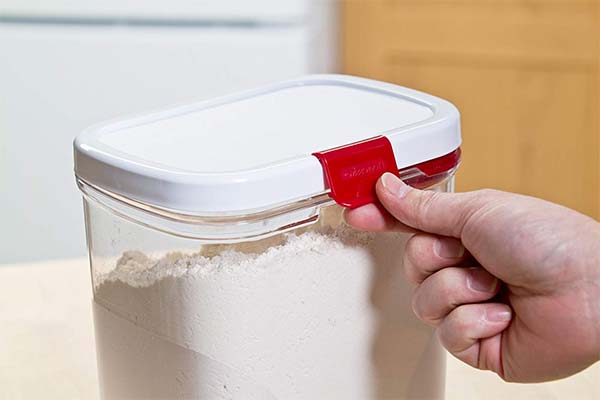
Optimal storage conditions for self-lifting flour:
- Humidity up to 70%;
- Temperature - 0-25 °C;
- airtight packaging;
- no access to light.
Powder is stored in cloth bags, glass jars, plastic containers with tightly closed lids.
The best places for storage - pantry, balcony, closet, basement, closet with a door. If you store flour in the kitchen, keep it on the bottom shelf of a kitchen table closer to the floor, where the temperature is lower. The refrigerator is not good for preserving consumer properties, because the chamber is very humid.
To prevent bugs in the product, the shelf life of which is limited to 6 months, put in a container a couple of sticks of raw garlic, bay leaf, calendula flowers. The longer the flour is stored, the worse it rises.
What you can make with self-rising flour
In home cooking, self-rising white powder is used to make:
- biscuits;
- pies;
- muffins;
- cakes;
- muffins;
- cookies;
- waffles;
- loafs;
- pancakes;
- pancakes.
The product is used to make puffed cheesecakes and even some kinds of bread. But it is not suitable for puff pastry, chopped and yeast dough, the airiness of which is provided by single-cell mushrooms.
What you can replace self-rising flour with
Self-rising flour has three counterparts that successfully replace it:
All-purpose flour with salt, baking powder
The product differs from the original in its high protein content, making it suitable for any recipe for baked goods, batter, or gravy.
Gluten-free self-raising flour
The product contains: rice flour, sorghum flour, potato starch, leavening agent, salt. This kind of powder is used by those who adhere to a gluten-free diet, but are unable to give up baking. To prepare the product at home, combine a cup of gluten-free powder with 0.5 tsp. leavening agent, a fourth of a teaspoon of salt.
All-purpose flour with baking soda, tartar
In this product, baking soda and powdered acid (tartar) replace the leavening agent.
Flour with leavening agent, sold in the store, is made from soft wheat, which affects the quality of baked goods. If you add baking soda and acid to ordinary flour, you will get approximately similar results, but pies, cakes, muffins will not be as tender.
«Important: All information on this site is provided for informational purposes only purposes only. Before applying any recommendations, please consult with a specialized specialist before applying any of the recommendations. Neither the editors nor the authors shall be liable for any possible harm caused by materials."

